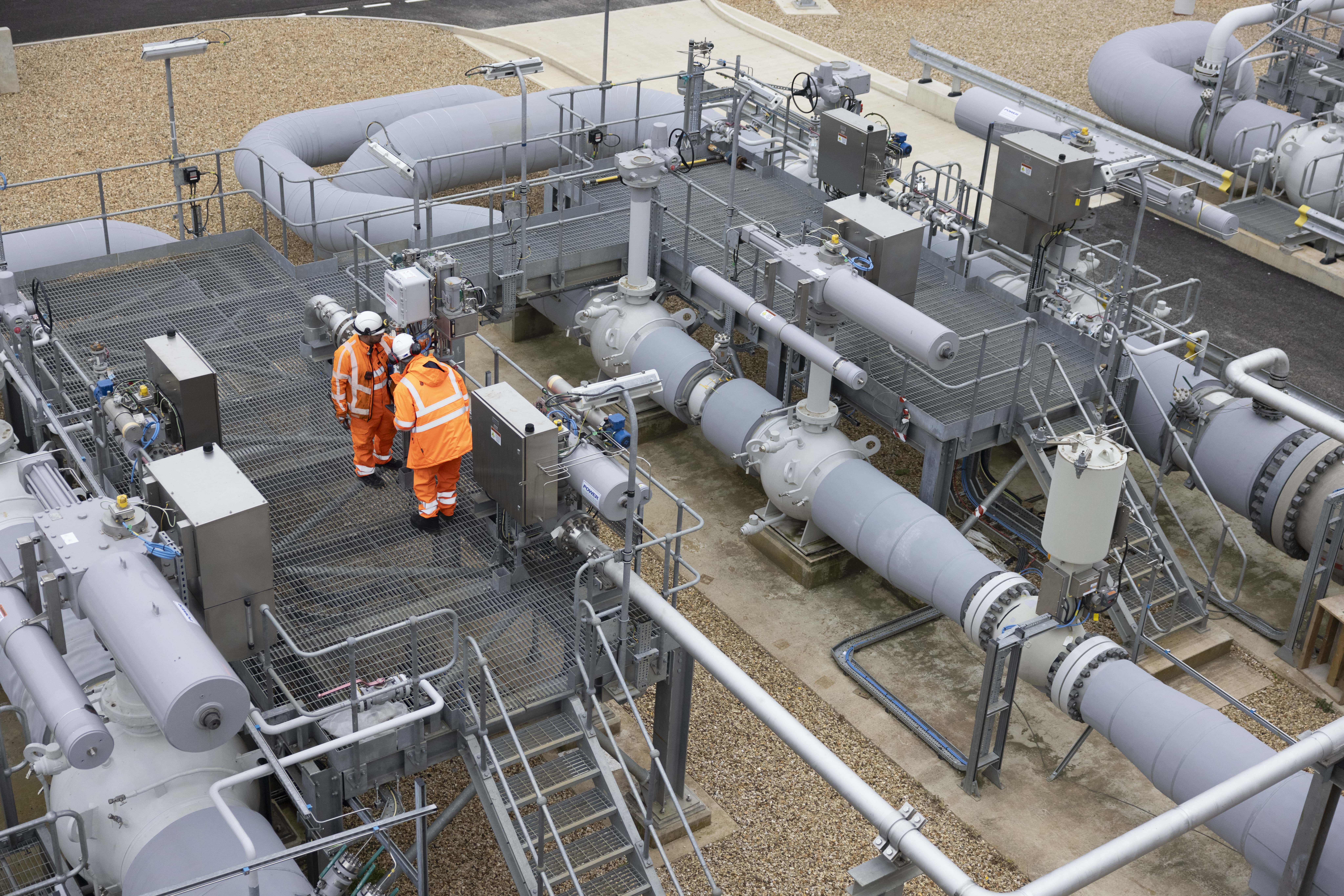News
News Articles Index
Displaying 1 - 12 of 90
Thumbnail
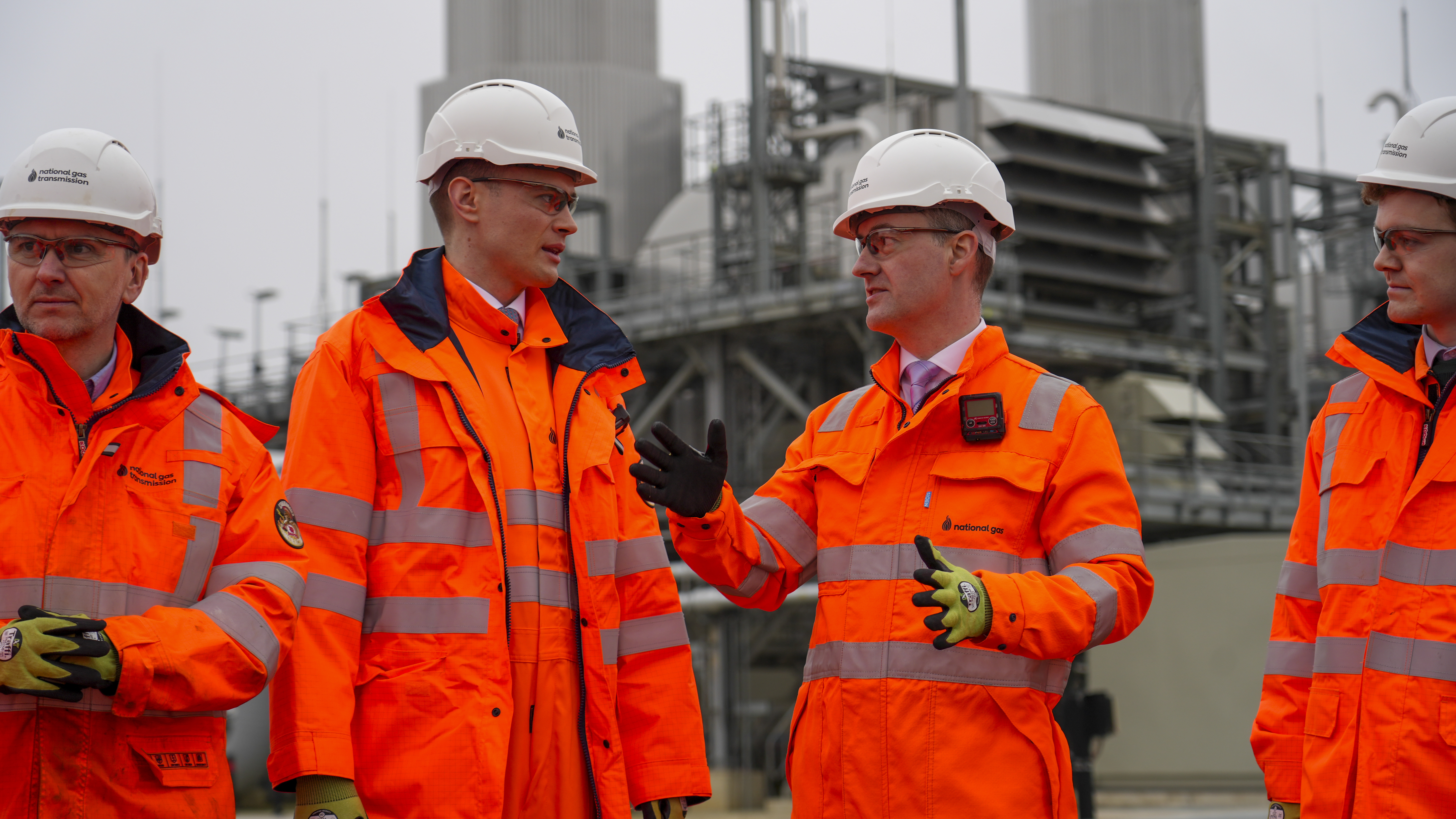
Thumbnail

8 January 2026
National Gas to invest £870 million in Cambridgeshire and surrounding counties
Find out moreThumbnail
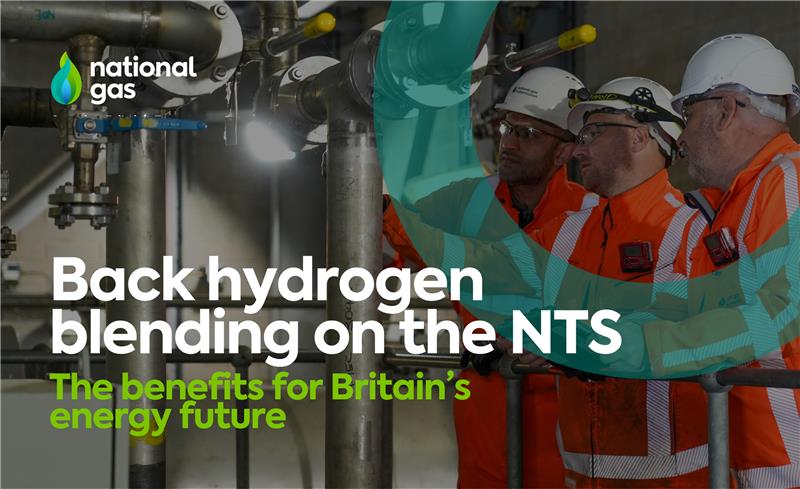
11 December 2025
From Trials to Transformation: How blending hydrogen will unlock Britain's hydrogen economy
Find out moreThumbnail
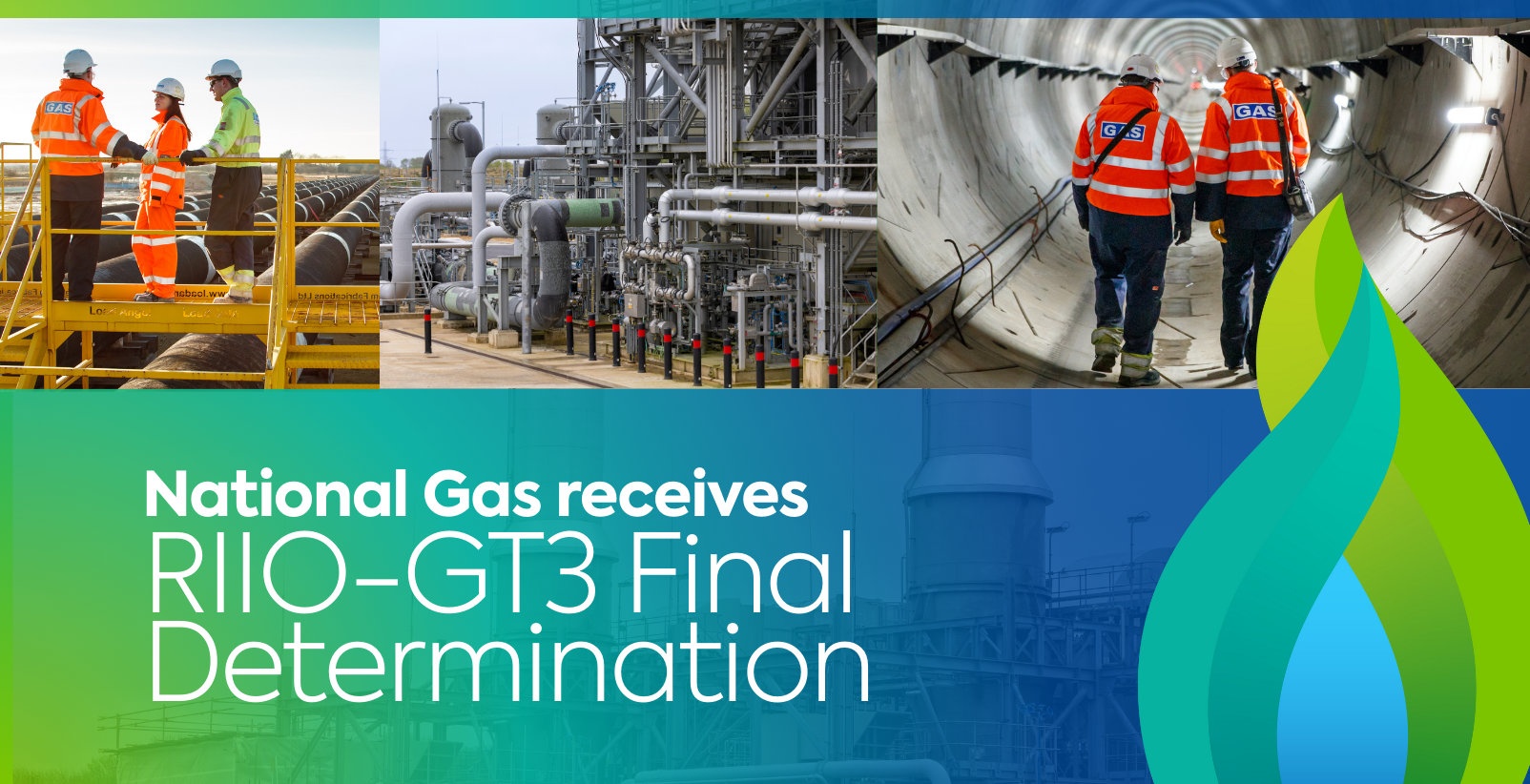
Thumbnail
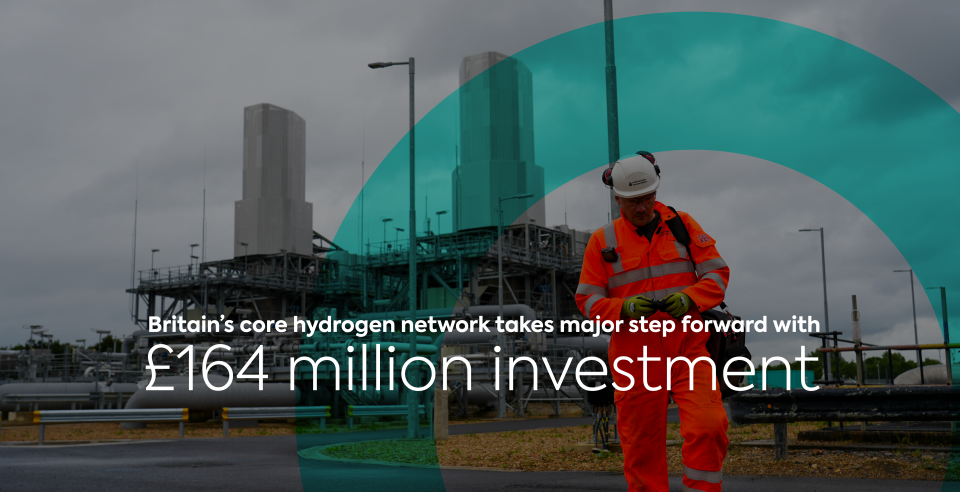
14 November
Britain’s core hydrogen network takes major step forward with £164 million investment
Find out moreThumbnail
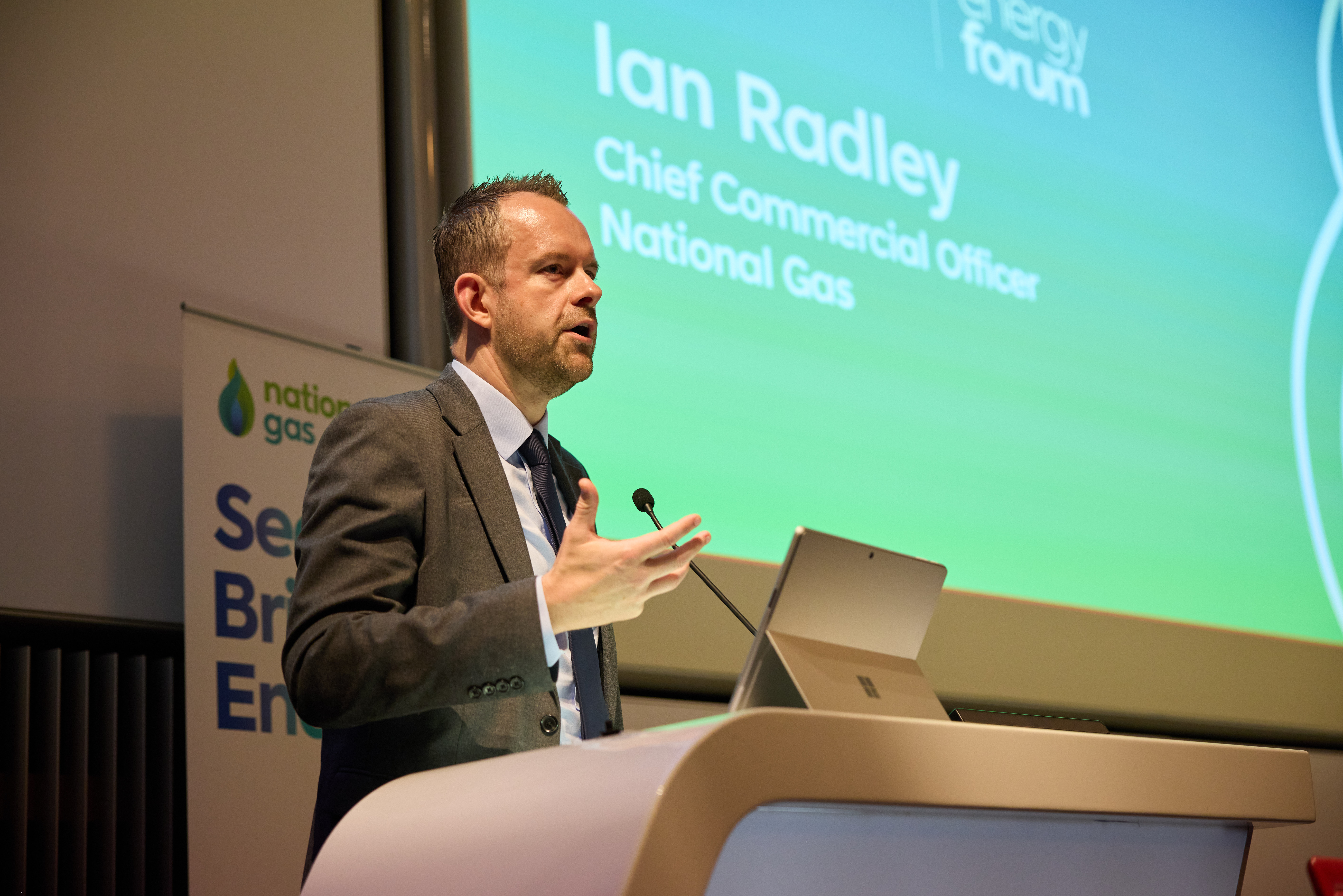
24 October
Autumn Budget and Beyond: Proposals to cement Britain’s place as a Clean Energy Superpower
Find out moreThumbnail
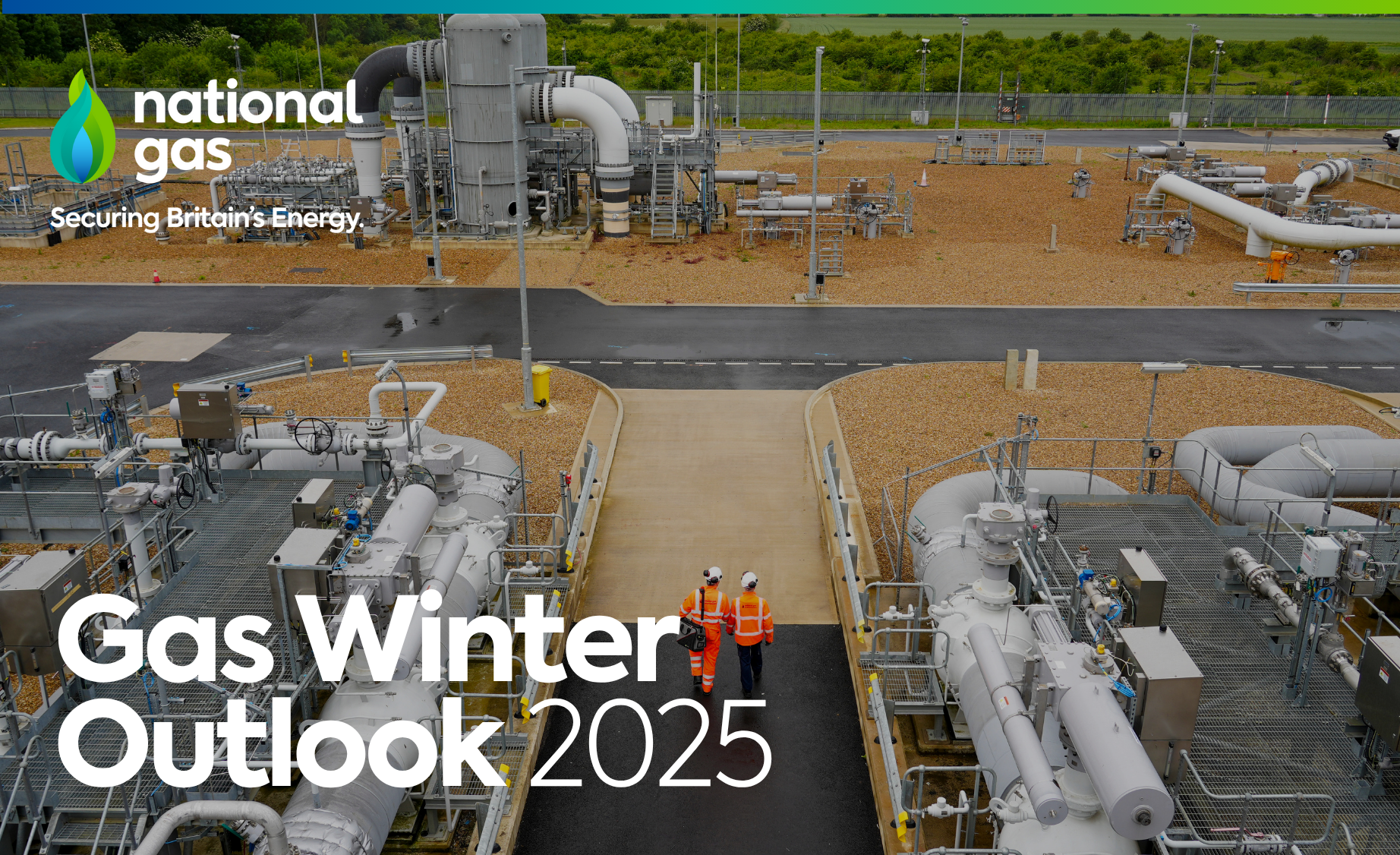
Thumbnail
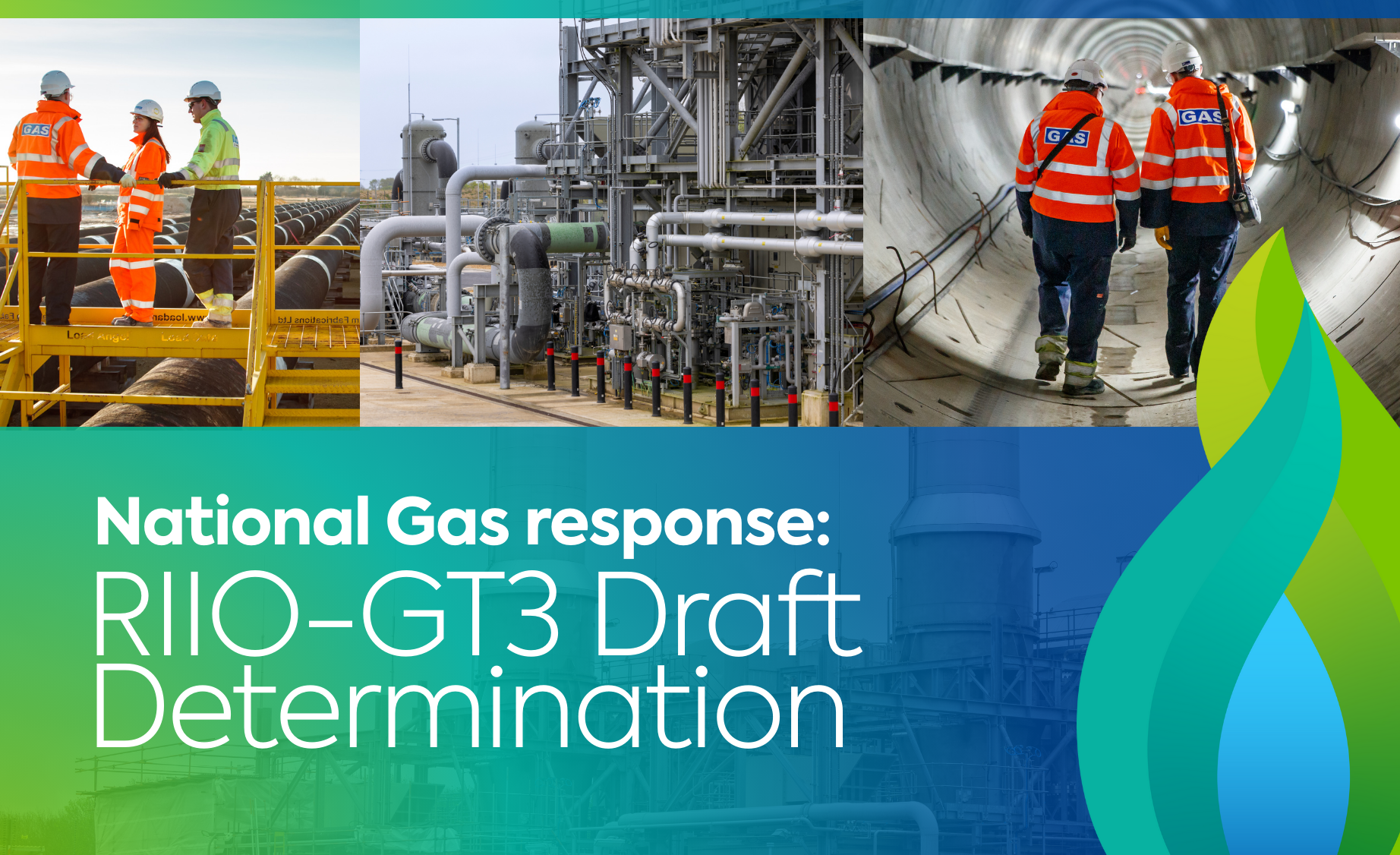
Thumbnail
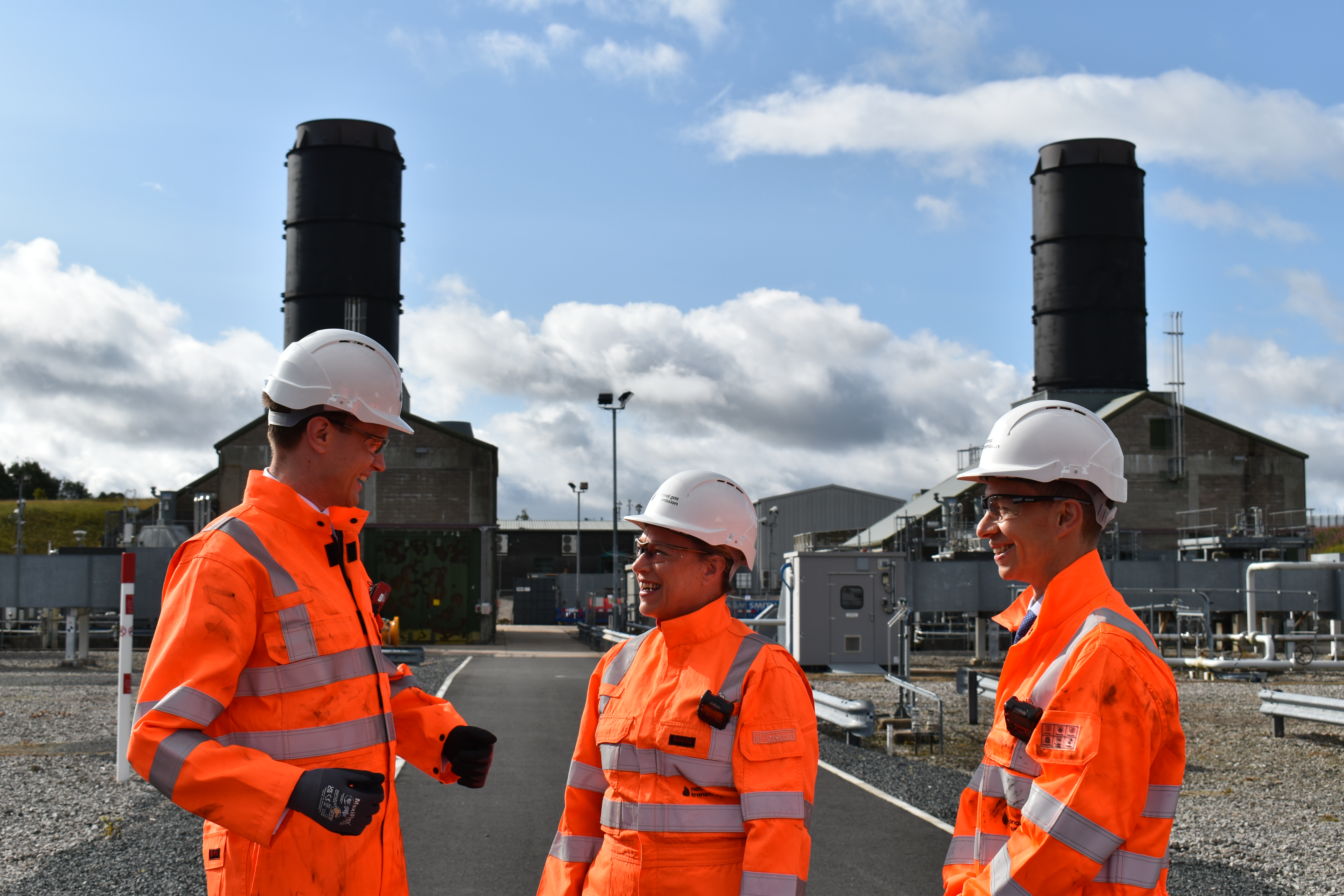
Thumbnail

Thumbnail
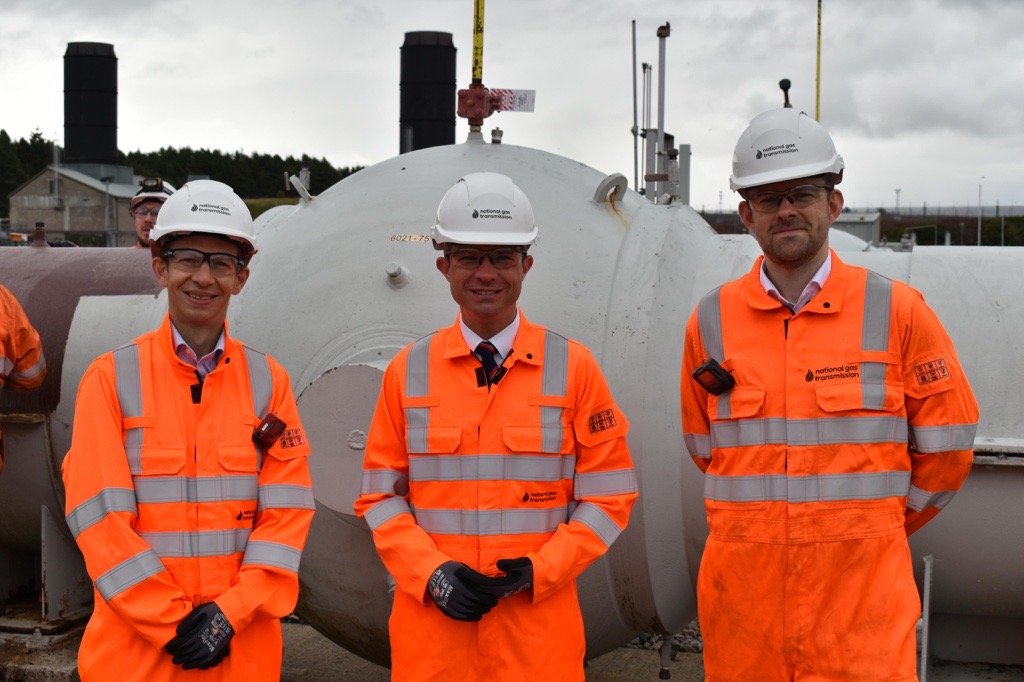
31 July 2025
Major National Gas investment to maintain energy security across North East Scotland
Find out moreThumbnail


